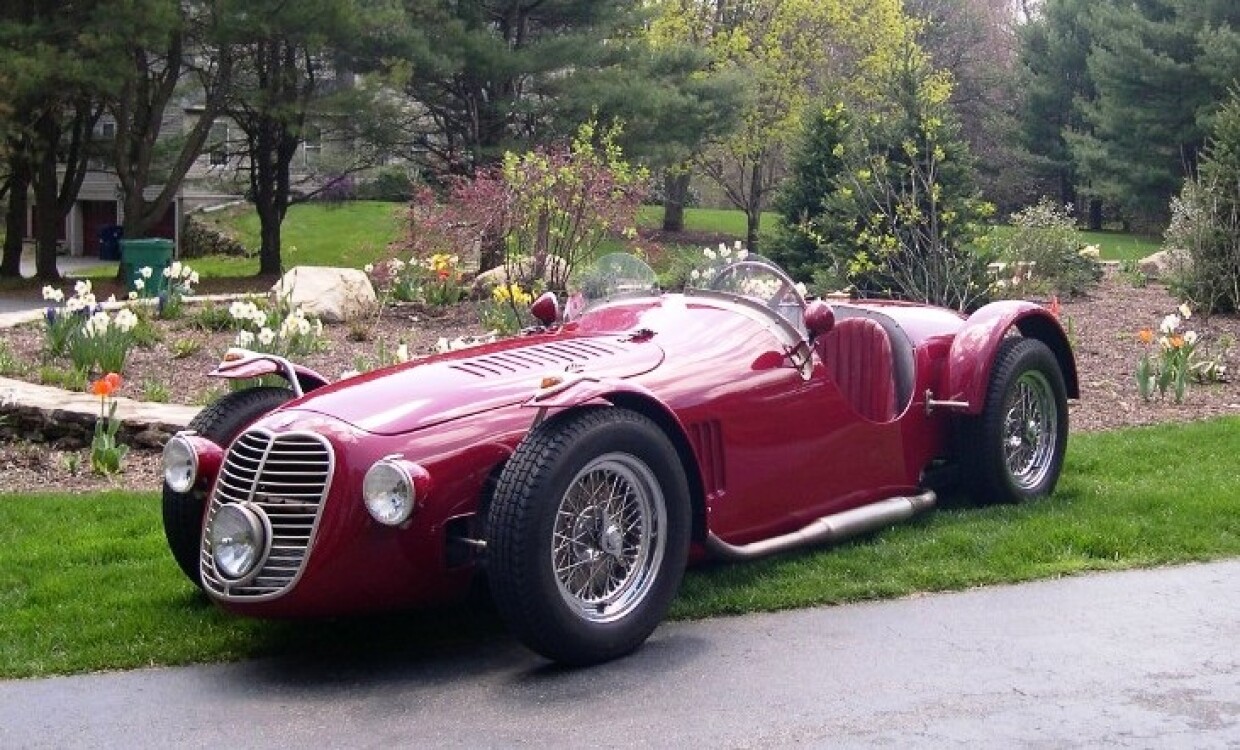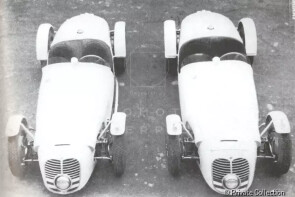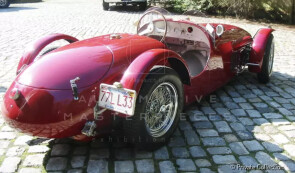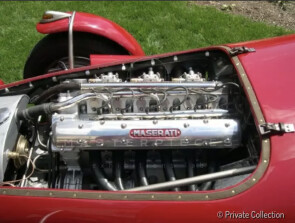
1949 Maserati Tipo A6 GCS 2000 Sport
ON/OFF
Why am I an Automotive Masterpiece?
L. Limited edition cars
no. 13 manufactured
The new post-war models from Maserati, featuring the A6 1,500-cubic centimeter six-cylinder and the A6G two-liter six-cylinder engines, showcased sprightly performance. However, the Modenese house also aimed to revive its previously victorious racing ambitions from the 1930s. Officially designated as the '2000 Sport,' the new Maserati sports racer was better known as the A6GCS. The model designation pays homage to Alfieri (Maserati) 6-cylinder Ghisa (cast iron crankcase) Corsa Sport. In fact, this car was the last design conceived under the Maserati brothers Ernesto, Ettore, and Bindo before their departure, with guidance from their eventual successor in the technical department, Alberto Massimino. The initial A6GCS had a coupe body, but this was quickly replaced in favor of a much lighter 'siluro' or cycle fender body, created for Maserati by Medardo Fantuzzi. One of the most recognizable features of Series I was a single headlight (monofaro) mounted in the grille. Fitted with a four-speed gearbox, the A6 engine was installed at a slight angle to the side to achieve a low seating position for the driver, within a conventional ladder frame constructed by specialists Gilco using round-steel side and cross members. Suspension featured double wishbones and coil springs at the front, and a live axle and semi-elliptic leaf springs at the rear. Houdaille lever arm shock absorbers were found on all four corners, as were the hydraulically operated drum brakes. The A6GCS was campaigned by the works team and also offered to customers. Continuous development led to each car having unique characteristics. A total of 15 cars were made, with two exported to Brazil (chassis 2012 and 2019) and only one to the US. Two team cars raced with Alberto Ascari and Luigi Villoresi during 1947/48, the latter winning the Italian championship both years. It was eventually succeeded by a new model that incorporated all the updates. Introduced in 1953, this 'Series II' was accordingly known as the A6GCS/53.
Chassis no. 2012 was built by the factory in November of 1949. The engine shares the same number, 2012. During the production of the A6GCS in both series I and II, 2012 is the only engine produced that utilizes a double overhead cam with single plug ignition. This engine has the cam followers mounted from inside the “V” of the head. This mounting design is unique to only no. 2012. This dual cam - single plug configuration, coupled with a unique valve train design was an experimental engine by Maserati and it is the only one known in existence. The factory sold no. 2012 to the ACB (Automóvel Clube do Brasil) in November of 1950. It was raced in both Brazil and Argentina into the late ‘60s. Early in its life 2012 was piloted by Annuar de Goies Daquer and it was entered in 1952 Grande Premio da Cidade de Rio de Janeiro and Grande Premio Quinta da Boa Vista.




